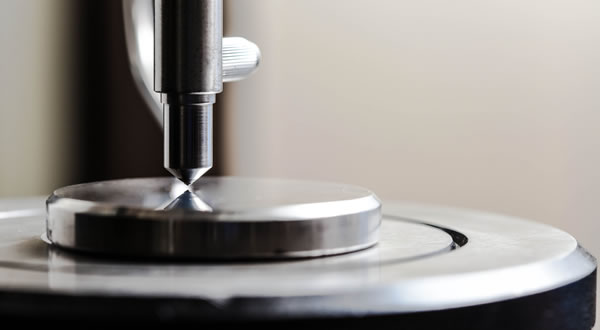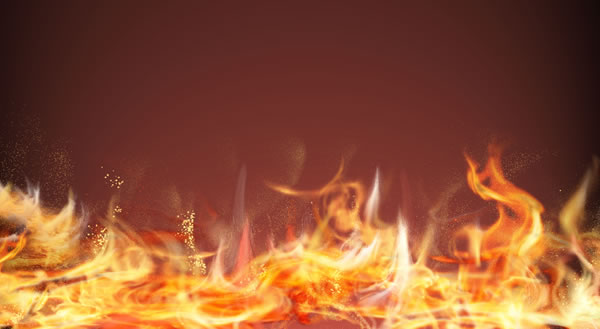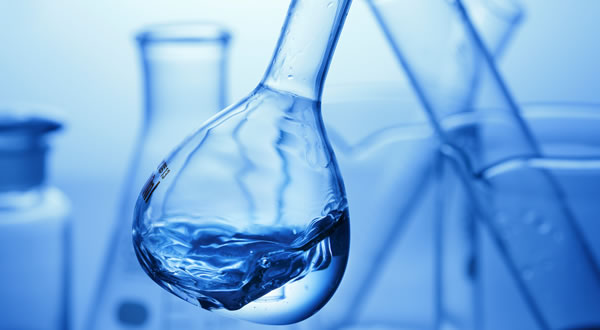Characteristics of tungsten carbide
What is tungsten carbide?
Binding tungsten and carbon, it forms an extremely dense crystal structure called hexagonal crystal, whose Young’s modulus is approximately 550 GPa, which is nearly two times that of steel.
1High hardness

The Mohs’ hardness of tungsten carbide is “9.” It boasts a level of hardness second to diamond.
2High strength at high temperature

Since it has high strength at high temperature and low thermal expansion coefficient, it is an optimal raw material for cutting tools to be used in a high-temperature and high-speed environment.
3High resistance to corrosion

Tungsten carbide is an extremely stable substance, and it does not oxidize at normal temperatures in air. In addition, it is not likely to form a solid solution with various elements, and keeps stable characteristics even in severe environments.
- Resistance to oxidation
Oxidation occurs at approximately 300℃ and reaction occurs rapidly at approximately 700℃ to form an oxide (WO₃) when its powder is heated in an oxygen-containing atmosphere.
- Chemical resistance
Although it does not dissolve in water, hydrochloric acid or sulfuric acid, it dissolves in nitic acid.
- Reactivity
Reacts with chlorine at 400℃ or higher.
Reacts with fluorine at 18℃.
| Molecular weight | 195.9 |
|---|---|
| Crystal structure | Hexagonal crystal |
| Amount of carbon combined(%) | 6.13 |
| Specific gravity | 15.6 |
| Lattice constant(Å) | a=2.900 c=2.831 |
| Melting point(℃) | 2,747 |
| Mohs’ hardness | 9 |
| Young’s modulus(GPa) | 550 |